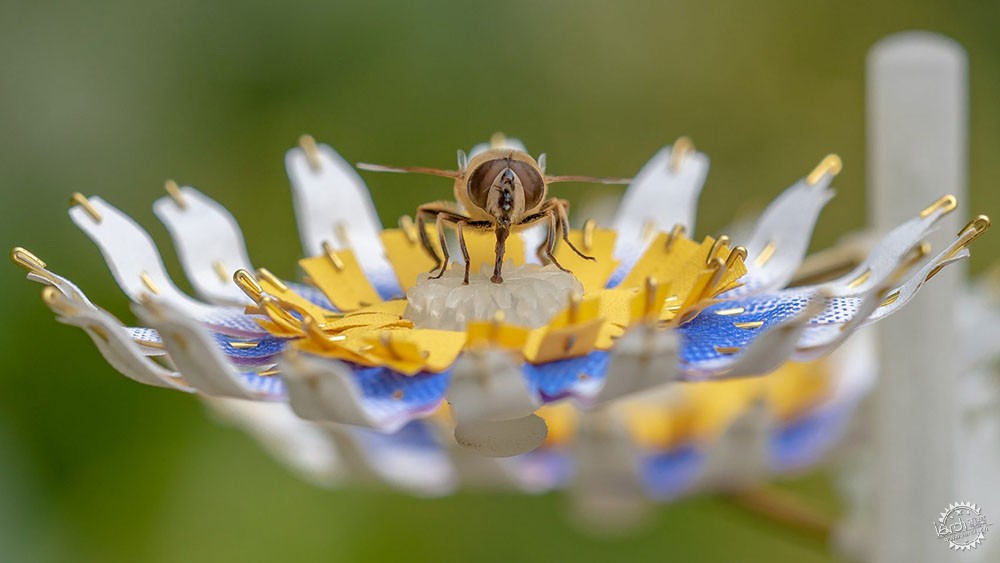
喂养城市昆虫的人工花卉
Matilde Boelhouwer designs artificial flowers to feed urban insects
由专筑网王帅,李韧编译
荷兰设计师Matilde Boelhouwer设计了一系列将雨水转化为糖水的人工花卉。这些花卉是城市授粉昆虫的紧急食物来源。
该项目名为“Food for Buzz”,Boelhouwer应用丝网印刷的聚酯纤维制造了五朵人造花,每一朵花对蜜蜂、大黄蜂、苍蝇、蝴蝶和飞蛾这五大类“授粉昆虫”都具有吸引力。
城市里的花卉和植物较少,距离也较远,这些人造花将成为生活在城市里昆虫的紧急食物来源。
Dutch designer Matilde Boelhouwer has designed a series of artificial flowers that turn rain into sugar water, to serve as emergency food sources for city-dwelling insect pollinators.
The project, called Food for Buzz, saw Boelhouwer use screen-printed polyester to create five artificial flowers, each with specific qualities that attract the "big five of pollination" – bees, bumblebees, hoverflies, butterflies and moths.
The man-made flowers are designed to act as emergency food sources for these insects, all of which live in urban environments, where flowers and planted areas are often few and far between.
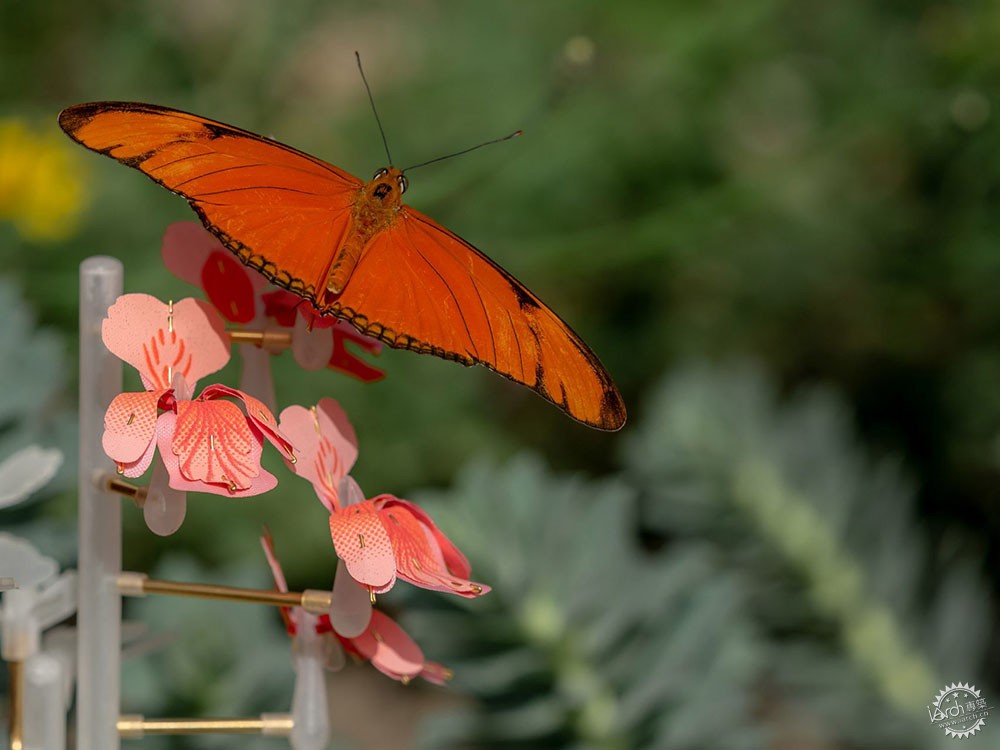
设计师说:“对我而言,花卉与昆虫是自然界最迷人的现象。花卉为昆虫提供食物,而昆虫同时为花卉提供授粉服务。”
“然而,我们现在都生活在混凝土和石头组成的城市森林中,花的数量愈发稀少。这也导致了昆虫数量急剧减少。”
"For me, the relationship between flowers and insects is one of the most fascinating connections found in nature. Flowers evolved to serve insects, and insects evolved to serve flowers simultaneously," said the designer.
"Nowadays, however, with all of us living in urban jungles made of concrete and stone, the presence of flowers has become something less natural. This lack of flowering has resulted in a drastic insect population decline."
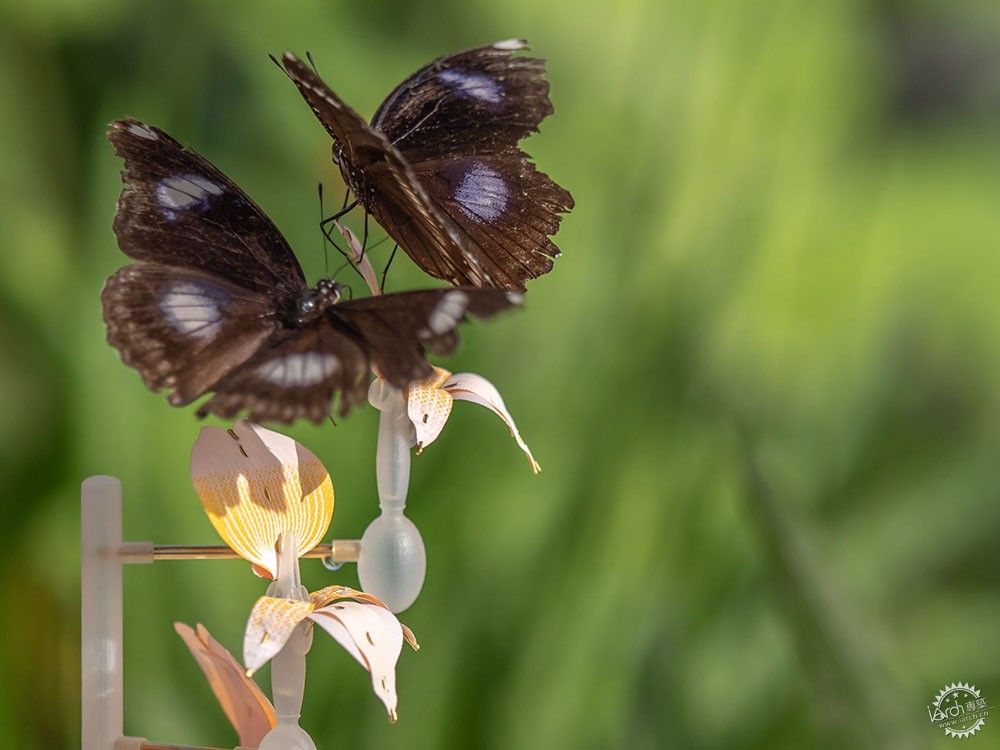
每一朵人造花都由一系列激光切割的丝网聚酯花瓣组成,其中心安装有三维打印制成的容器,最后,花朵连接在空心3D打印杆上。
这些容器用来收集和储存雨水,然后通过茎,自上而下运输到一个装有糖的罐子里面,之后,雨水与糖分经过充分的混合,然后,再将糖水自动泵回小容器中。
Each self-sustaining flower is made up of a series of laser-cut screen-printed polyester petals, with a small 3D-printed container attached at the centre, which is connected to a hollow 3D-printed stem.
These containers are used to collect and contain rainwater, which is transported down the stem to a tank containing sugar, where the two mix together. The solution is then automatically pumped back up into the small containers.
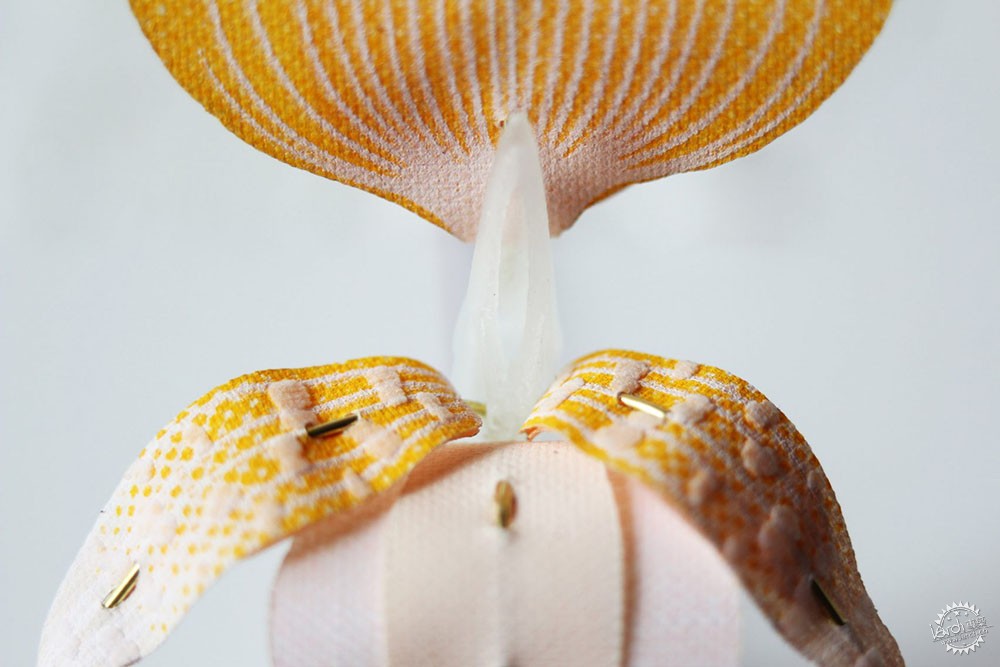
Boelhouwer在了解到昆虫数量的大幅度下降之后,开始启动这一项目。根据她在德国的研究,在过去27年里的农村和城市地区,昆虫数量减少了75%。
设计师发现昆虫数量骤减的原因是杀虫剂的使用、气候变化以及昆虫缺乏栖息地和食物。
她告诉Dezeen的记者:“由于农药使用已受到管制,气候变化是我一人在短时间内无法改变的事情,我决定集中精力解决食物短缺的问题。”
Boelhouwer与昆虫学家合作,赋予了每一朵花某种吸引特定物种的特质。花儿上的容器可以根据每种昆虫舌头的长度进行调整,而花瓣的形状和颜色却是吸引昆虫的地方。
Boelhouwer was motivated to start the project after becoming aware of the vast decline in insect population. According to research she conducted in Germany, over the last 27 years the insect population has declined by 75 per cent across both rural and city areas.
The designer found that this decline is due to the use of pesticides, climate change and a lack of habitat and food for the insects.
"Since the use of pesticides is regulated, and climate change is something I can't change on my own in a short period of time, I decided to focus on working on the lack of food," she told Dezeen.
Boelhouwer worked with entomologists to give each flower certain qualities that would attract a particular species. The containers are adjusted to the length of the tongue of each insect species, while the petals are patterned and coloured in the shapes and hues that the insects find most attractive.
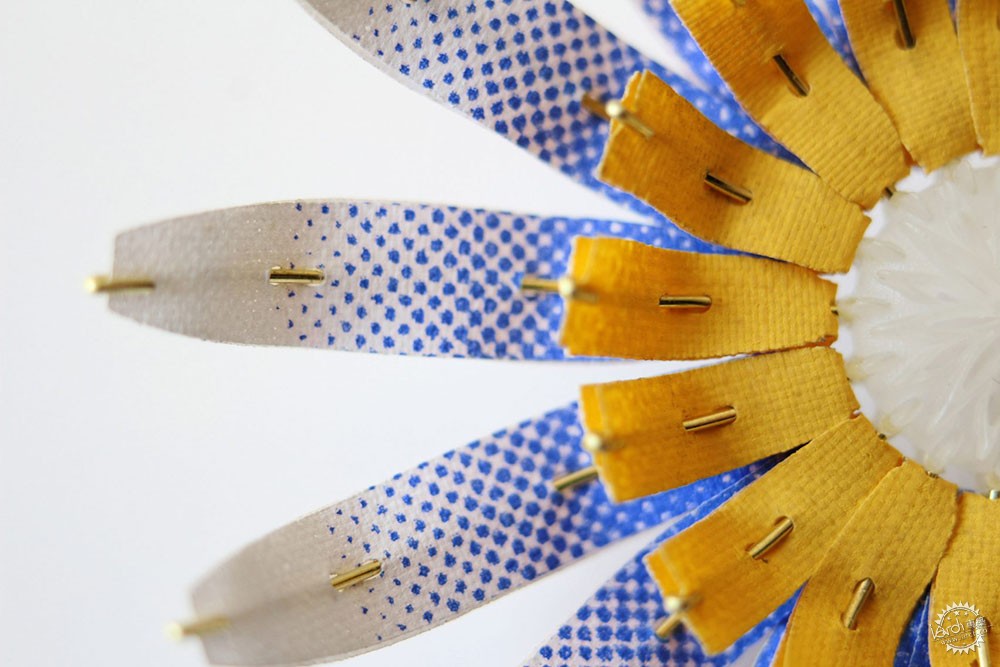
她发现五种昆虫最喜欢的三种典型花型,蜜蜂和飞蝇首选菊科或者雏菊家族,飞蛾和蝴蝶喜欢豆科或豌豆科,而大黄蜂偏爱唇状花科或薄荷。
在蜜蜂眼里,这个世界呈蜂窝状,它们很大程度上依赖于绿色、蓝色、紫色和黄色的颜色视觉范围。为了吸引远方的蜜蜂,Boelhouwer使用了紫色和黄色。
She found three archetypical flower shapes most favoured by the five insects – Asteraceae, or the daisy family, which is preferred by bees and hoverflies, Fabaceae, or the pea family, which attracts moths and butterflies, and Lamiaceae, or mint, which bumblebees like best.
As bees see the world as honeycomb-shaped pixels, they rely heavily on their colour vision range of green, blue, violet and yellow to navigate. To attract bees from afar, Boelhouwer used a contrast of violet and yellow.
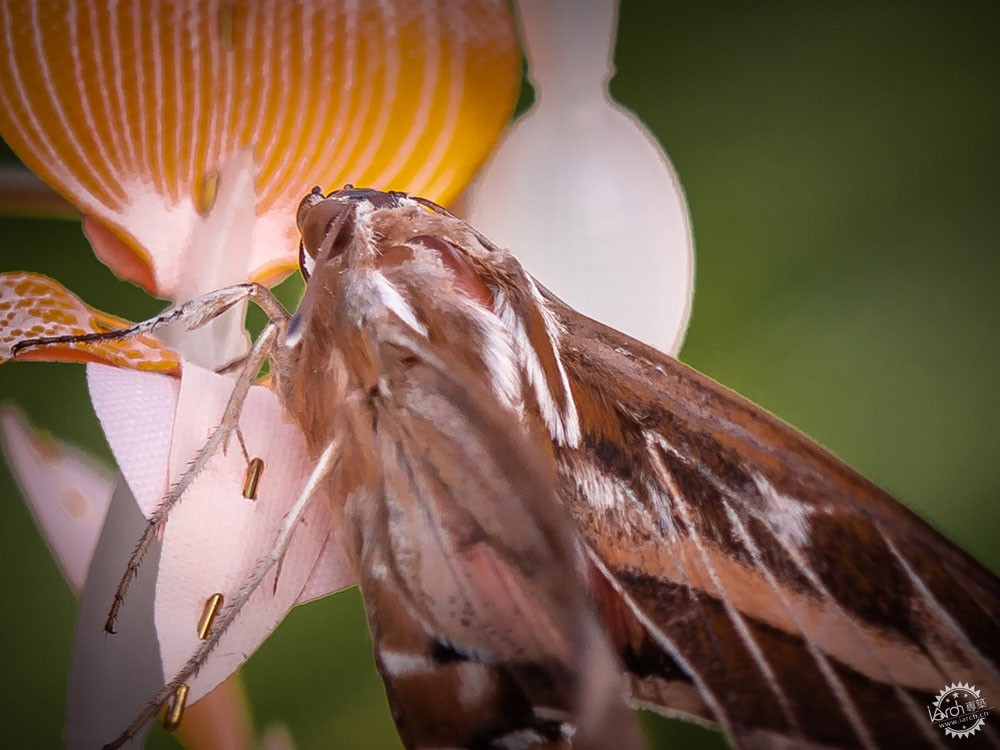
与蜜蜂不同,大黄蜂更多地被花中的镜像对称体系所吸引。因此,Boelhouwer通过简单地设计,使用三个花瓣形成“引人注目的轮廓”。
根据Boelhouwer的说法,蜻蜓的舌头特别短,这限制了它们吃东西。因此,它们总是寻找一些较为容易获得花蜜的花卉。
Boelhouwer在花的中心设计了圆顶形的储藏室。当糖水充满到顶部,蜻蜓觅食就变得轻而易举了。
Unlike bees, bumblebees are more attracted to mirror symmetry in flowers. Boelhouwer therefore kept these designs simple using only three flower petals that form a "striking silhouette". Using yellow to colour the feeding area ensures the sugar water is easy to find.
According to Boelhouwer, hoverflies have particularly short tongues, which limits them when it comes to eating. They therefore search for flowers that are easy to access and have a shallow nectar source.
Boelhouwer created a dome-shaped reservoir at the centre of the flower that, when filled to the top, is easily accessible for hoverflies.
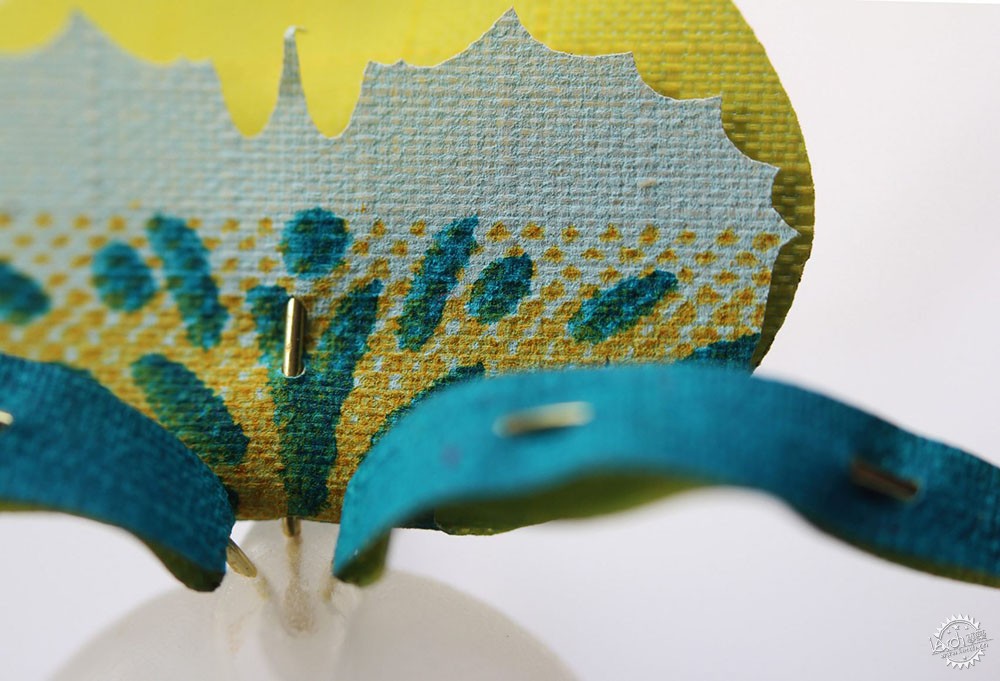
而蝴蝶的舌头则较长,大约2到5厘米,它们需要更多的时间来觅食,因此,它们通常选择底部更大的花瓣,这样才能更好地休息。与其他昆虫不同,蝴蝶喜欢粉红色、橙色和红色的花。
飞蛾的鼻子或管状吸吮嘴更长,可达20厘米。它们通常在夜间飞行觅食,且更容易发现颜色较浅的物体,所以Boelhouwer设计了一种带有凸起三维点的花来帮助它们获取食物。
As butterflies tend to have a long tongue – around two to five centimetres – they need more time to feed, so they typically choose flowers with a larger bottom petal to give them more stability to rest. Unlike other insects, butterflies also prefer pink, orange and red flowers.
Moths have an even longer proboscis, or tubular sucking mouthpiece, reaching lengths of 20 centimetres. They eat when they're still flying, usually during nighttime, and navigate by lighter colours, so Boelhouwer designed a flower with raised, 3D dots to help them source the food.
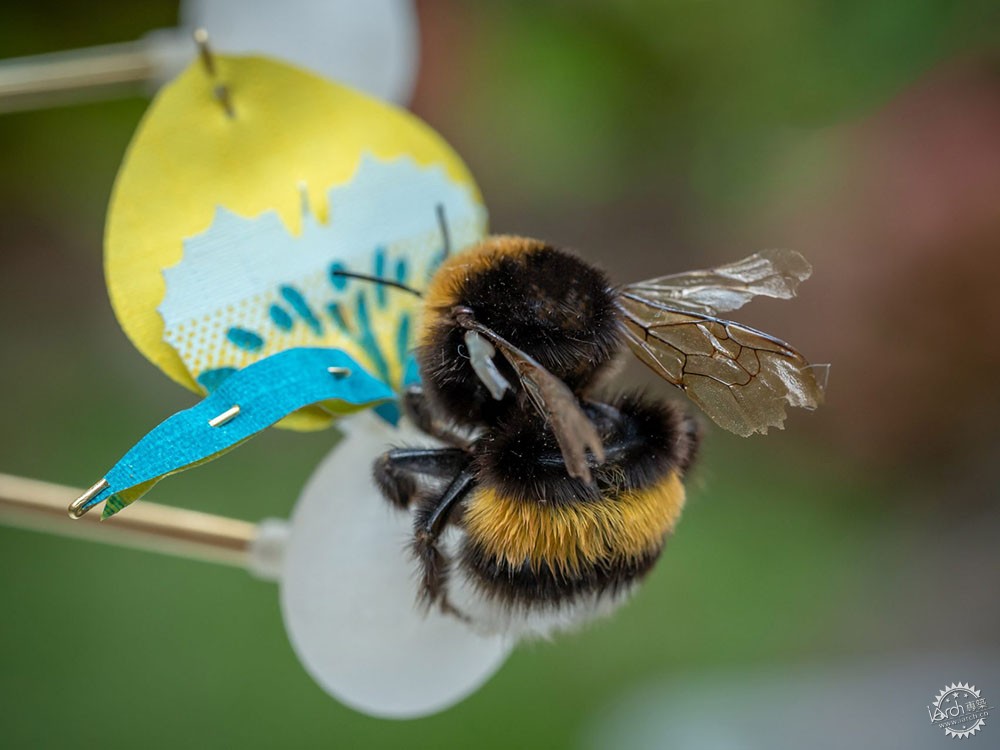
Boelhouwer的设计旨在把这些花引入它们通常无法生长的地方,从而覆盖整座城市。
她希望可以与建筑师、土木工程师和城市开发商合作,共同实现这一目标。这样才能对昆虫种群产生足够的影响。
Boelhouwer's aim is to introduce these flowers into spaces where they couldn't normally grow, using them to cover whole city buildings.
She hopes she can work together with architects, civil engineers and city developers to implement this in order to have a sufficient impact on the insect population.
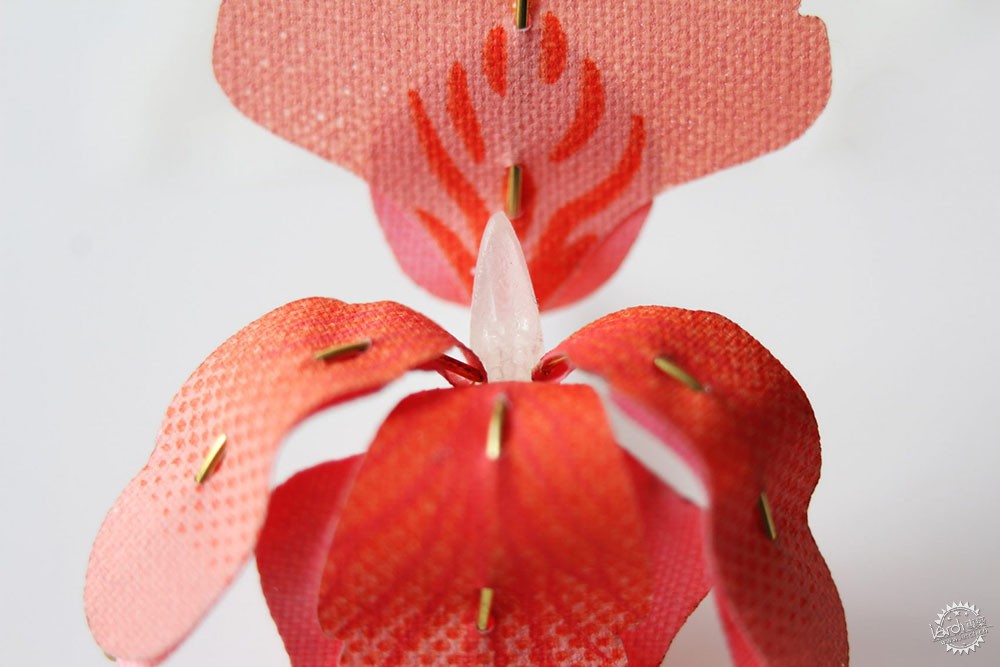
“Food for Buzz”项目今年埃因霍芬的荷兰设计周期间推出,其展览时间在2018年10月20日至28日。
在活动会场,Dezeen杂志主办了“为这个不好的世界设计更好的东西”会谈,期间讨论了设计是否能利用人类在地球上的负面影响来预防全球灾难。
The Food for Buzz project was launched during this year's Dutch Design Week, which took place from 20 to 28 October 2018 in Eindhoven.
At the event, Dezeen hosted a special edition of our Good Design for a Bad World talks, where we asked if design can harness humans' negative effects on earth to prevent global catastrophe.
|
|
